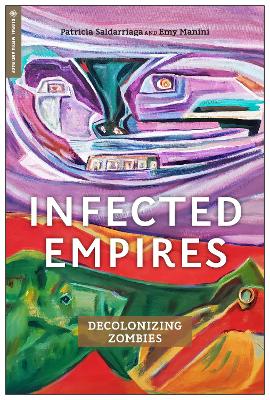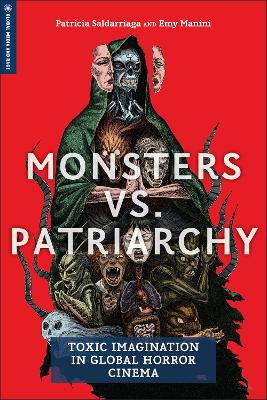Global Media and Race
2 total works
Across the globe, the violent effects of patriarchy are manifest. Women, trans people, gender non-conforming people, and the racialized Other are regularly subjected to physical danger, beginning with the denial of vitally important health care, and, in its most horrific form, rape, trafficking, and murder. Monsters vs. Patriarchy links these real-world horrors to the monstrification and dehumanization of people as expressed in contemporary global cinema. This monstrification has been achieved through a toxic imagination attributed to women, a trait which historically referred to the power of women to negatively affect others, including their own children in the womb, with only the use of their imagination. This process reflects the misogynist and racist world in which we live, where female bodies, people of color, and alternative identities represent a threat to patriarchal power.
Monsters vs. Patriarchy examines female monstrosity as it appears in horror films from around the world and considers specific political, scientific, and historical contexts to better understand how we construct and reconstruct monstrosity, using an intersectional approach to examine the imposition of gender and racial hierarchies that support national power structures. The authors contend that monstrous female cinematic subjects, including ghosts, witches, cannibals, and posthuman beings, are becoming empowered, using the tools of their monstrification to smash the colonial, white supremacist, and misogynist structures that created them.
Monsters vs. Patriarchy examines female monstrosity as it appears in horror films from around the world and considers specific political, scientific, and historical contexts to better understand how we construct and reconstruct monstrosity, using an intersectional approach to examine the imposition of gender and racial hierarchies that support national power structures. The authors contend that monstrous female cinematic subjects, including ghosts, witches, cannibals, and posthuman beings, are becoming empowered, using the tools of their monstrification to smash the colonial, white supremacist, and misogynist structures that created them.

